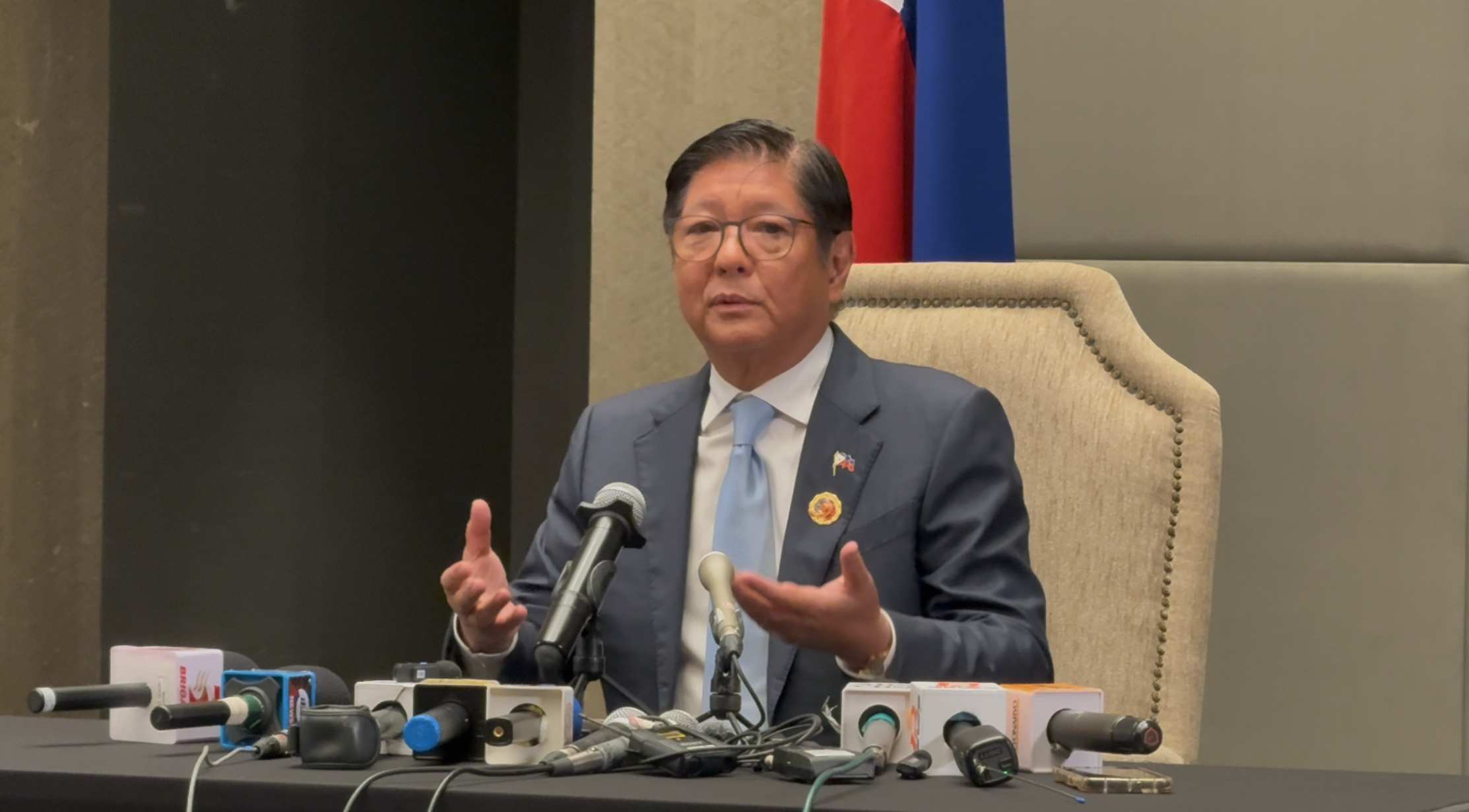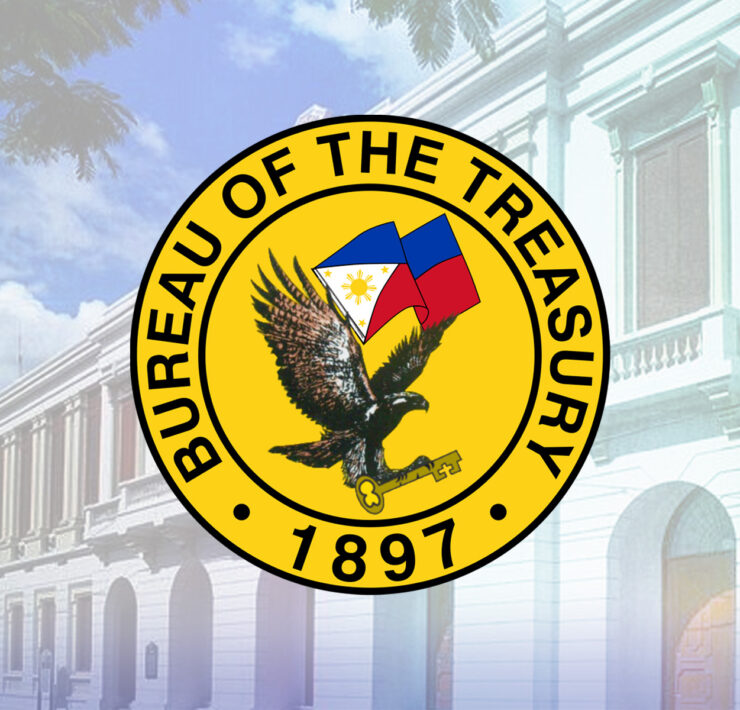Gov’t yet to cut debt ratio to pre-Covid level

A fast reduction of government debt back to prepandemic level is “technically and politically infeasible” as this would mean reining in spending and possibly depriving the economy of much-needed public investments, the Bureau of the Treasury (BTr) said.
In its 2023 annual report published recently on its website, the BTr said liabilities—as a share of the economy—would remain elevated compared with historical levels because the government has a large budget deficit to bridge.
Latest data showed the debt-to-gross domestic product (GDP) ratio, a gauge of the government’s ability to pay its obligations, stood at 61.3 percent by the end of the third quarter, still far from the pre-COVID-19 level of 39.6 percent.
As a rule of thumb, a country with a debt-to-GDP ratio of 60 percent or lower is considered fiscally responsible. That said, the Marcos administration wants to bring down the ratio to 60.6 percent by the end of 2024.
Banking on robust growth
Instead of holding back spending, the BTr is hoping for a steady decline in the fiscal deficit and robust GDP growth to “drive support for debt sustainability.”
“An aggressive return to the prepandemic debt-to-GDP ratio of 39.6 percent is technically and politically infeasible, as this would require a more dramatic fiscal adjustment where the national government must run consistent budgetary surpluses,” the Treasury said.
The economic team of President Marcos had set an expenditure target of P5.75 trillion for this year—equivalent to 21.7 percent of GDP. This is seen as necessary to power up economic growth to between 6 percent and 7 percent in 2024.
Revenues, meanwhile, are projected to hit P4.27 trillion, representing a 16.1-percent share of GDP.
This means the Marcos administration has a budget deficit limit of P1.48 trillion, or 5.6 percent of GDP, in 2024. To plug the shortfall, the government prepared a P2.57-trillion borrowing plan. Figures showed that outstanding state debts were pegged at a record-high P15.89 trillion as of September.
Controlling spending is not the only way to cut both government debt and deficit. For one, boosting revenues through new taxes and improvements in collection efficiency can also help the state tilt its fiscal position to a healthier balance.
No new taxes
But Finance Secretary Ralph Recto had said the Marcos administration would instead rely on better tax administration than impose new taxes, which can be politically unpopular.
“The medium-term fiscal framework (MTFF) was carefully designed to balance the need to foster a strong postpandemic economic momentum with the need to remain within the bounds of long-term debt sustainability,” the Treasury said.
“As long as the MTFF remains credible, it will continue to positively shape market perceptions about the riskiness of the Philippines’ debt, which is crucial to keep financing costs moderate enough to be outpaced by the country’s economic growth,” it added.





















